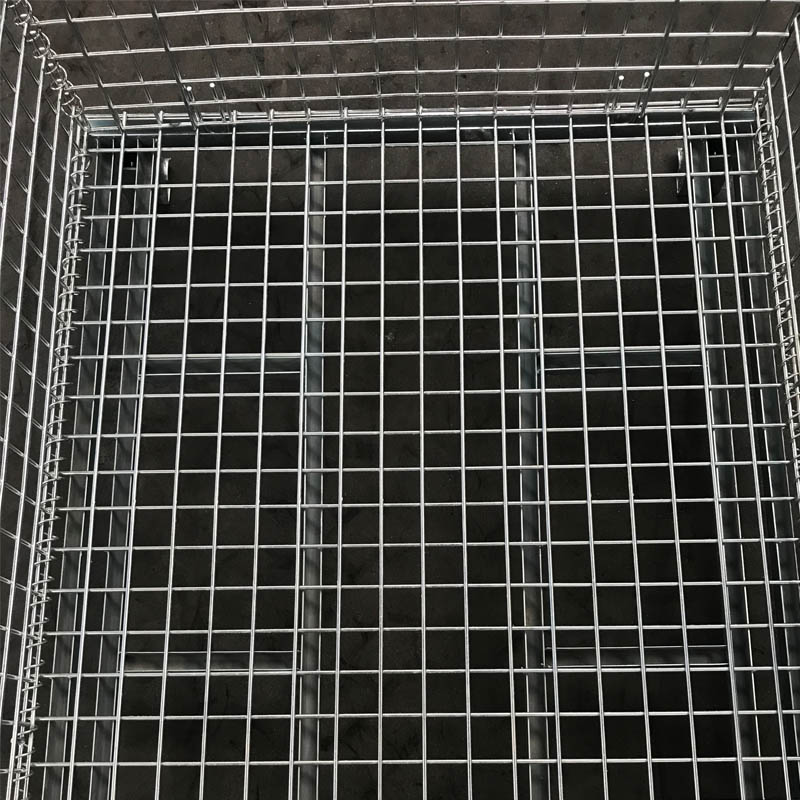
- Mobile Phone
- +8613931874955
- sales@cntcmetal.com
Reinforcement Strategies for Concrete Masonry Units Using Ladder Systems
Ladder Reinforcement for Concrete Masonry Units (CMU)
In modern construction, the integrity of structures plays a pivotal role, particularly regarding load-bearing elements. One of the critical components in certain structural designs is the concrete masonry unit (CMU), which is widely used for walls, foundations, and other structural components due to its durability, strength, and versatility. However, to ensure optimal performance and safety, ladder reinforcement has emerged as a significant aspect of CMU construction. This article will explore the importance of ladder reinforcement, its design, and the benefits it brings to CMU structures.
Understanding Ladder Reinforcement
Ladder reinforcement is a form of structural reinforcement employed in masonry walls, particularly those made of concrete masonry units. It consists of steel bars (usually in the shape of a ladder) that are placed horizontally and vertically within the grout or mortar joints of CMU walls. This reinforcement technique effectively enhances the structural integrity of the masonry by providing additional tensile strength, which is crucial in resisting lateral forces such as wind and seismic activities.
The term ladder refers to the cross-sectional arrangement of the reinforcing bars resembling a ladder’s rungs. Typically, the vertical bars (the “sides” of the ladder) are installed at regular intervals, while the horizontal bars (“rungs”) connect these vertical bars, creating a grid-like structure within the wall. This configuration distributes loads more uniformly and prevents cracking and structural failure.
Design Considerations
When designing ladder reinforcement for CMU walls, several factors must be taken into account to ensure effectiveness. These include
1. Load Requirements Understanding the anticipated loads that the structure will endure, including dead loads, live loads, and lateral forces, is crucial. The size and spacing of the ladder reinforcement must be tailored accordingly.
2. Building Codes and Standards Compliance with local building codes and industry standards is essential. These regulations often specify minimum requirements for reinforcement in masonry structures to ensure safety and performance.
3. Material Specifications Selecting appropriate materials for the reinforcement, such as high-strength steel bars, is critical. The corrosion resistance of these materials also plays a vital role in longevity, especially in harsh environments.
ladder reinforcement for cmu

4. Installation Techniques Proper installation of ladder reinforcement is necessary for its efficacy. This includes ensuring that bars are adequately spaced, properly tied together, and securely embedded in the mortar or grout.
Benefits of Ladder Reinforcement
The incorporation of ladder reinforcement in CMU construction offers numerous benefits
1. Enhanced Strength Ladder reinforcement significantly increases the tensile strength of masonry walls, allowing them to withstand greater loads and resist cracking.
2. Improved Durability With enhanced strength, reinforced CMU walls exhibit better performance over time, reducing the risk of structural deterioration due to environmental factors.
3. Cost-Effectiveness Although there may be higher upfront costs for materials and installation, the long-term savings from reduced maintenance and repair needs make ladder reinforcement a cost-effective solution.
4. Increased Safety Reinforced CMU structures provide a higher level of safety for occupants, particularly in areas prone to high winds or earthquakes. The added tensile strength helps prevent catastrophic failures.
5. Versatile Applications Ladder reinforcement can be utilized in various applications, including residential, commercial, and industrial construction. It is particularly beneficial in taller structures where additional stability is required.
Conclusion
Ladder reinforcement is an essential technique for enhancing the structural integrity of concrete masonry units. By understanding its design considerations and leveraging its numerous benefits, engineers and builders can ensure the safety and longevity of masonry structures. As urbanization continues to expand, the importance of robust construction methods, including ladder reinforcement, cannot be overstated, securing a safer and more resilient built environment for future generations.
share:
-
Your Source for Concrete Wall Ties and Masonry AccessoriesNewsJul.10,2025
-
Unlocking the Power of Iron Wire for Every ProjectNewsJul.10,2025
-
Explore Advanced Chain Wire and Stainless Steel Mesh FencingNewsJul.10,2025
-
Discover the Benefits of Annealed Wire ProductsNewsJul.10,2025
-
Discover China Stainless Steel Wire Mesh SolutionsNewsJul.10,2025
-
Build with Confidence Using High-Performance Masonry AccessoriesNewsJul.10,2025
-
Why Sacrificial Formwork Is Redefining Underground ConstructionNewsJun.06,2025



















